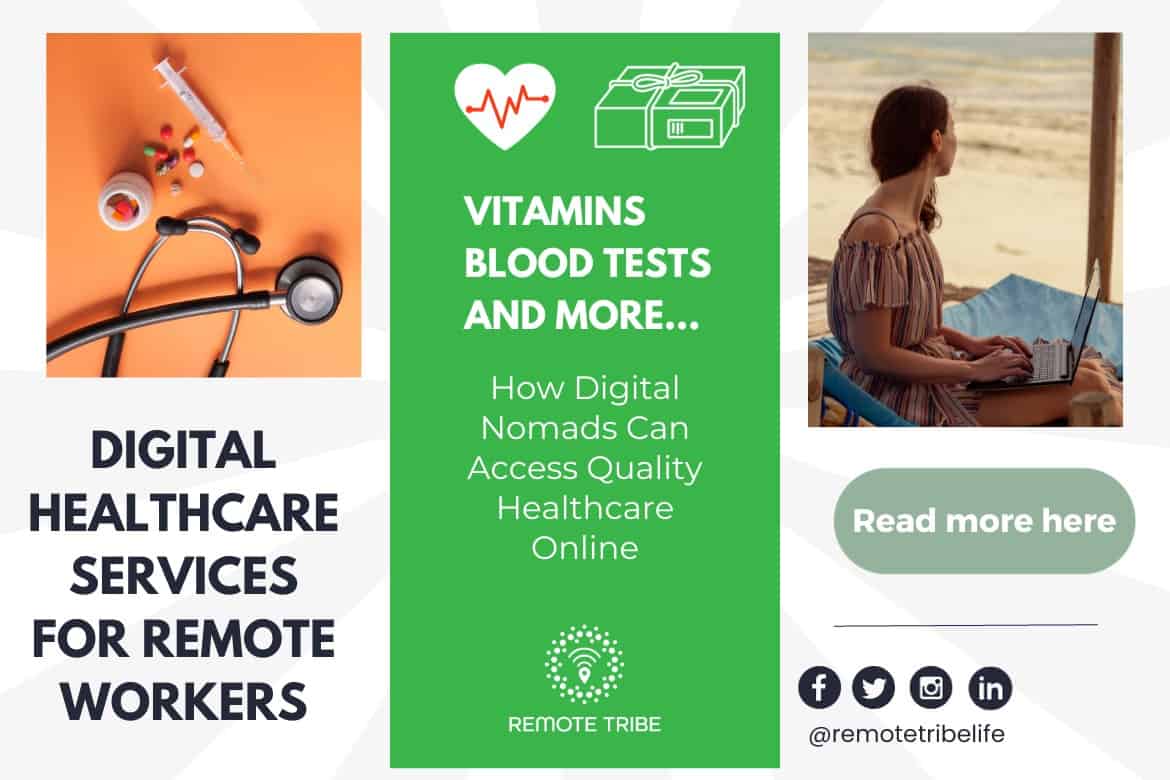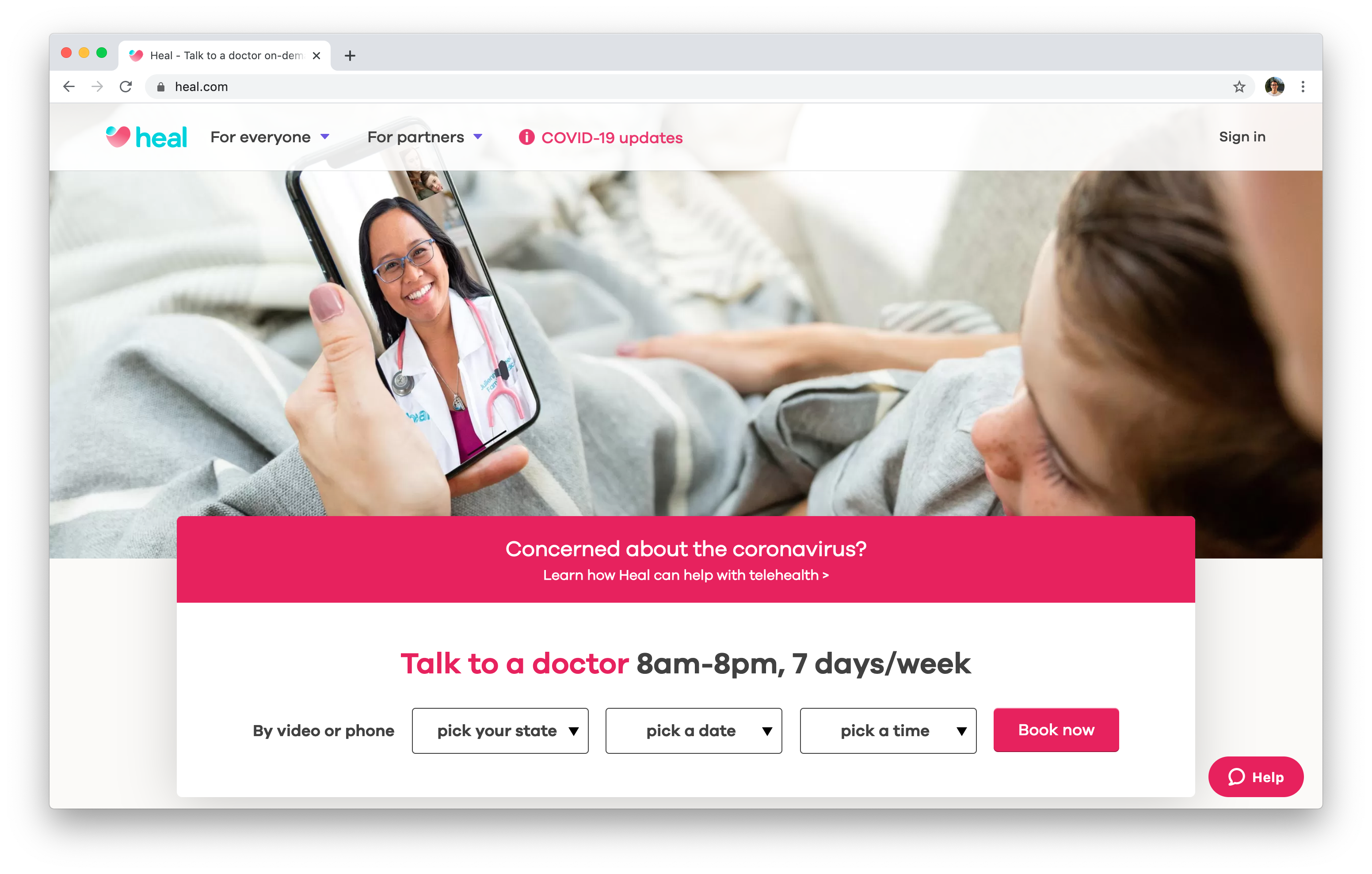Discover the Conveniences of Subscription Based Healthcare for Affordable Medical Care
Discover the Conveniences of Subscription Based Healthcare for Affordable Medical Care
Blog Article
The Rise of Subscription-Based Medical Care and Its Effect On Client Care
As healthcare develops, the subscription-based version is gaining grip, promising to change individual care by offering predictability and availability. These versions, which bypass conventional insurance policy, could redefine the patient-doctor dynamic, stressing individualized and precautionary treatment. Yet, as with any type of advancement, they present difficulties, particularly concerning equitable gain access to for all socioeconomic groups. The capacity for these models to reshape health care distribution elevates pressing inquiries about their long-lasting sustainability and inclusivity. Are these registration solutions the future of health care, or do they take the chance of leaving prone populations behind? The ins and outs of this shift warrant a more detailed exam.
Recognizing Membership Medical Care Versions
Grasping the principle of subscription medical care models involves examining a transformative strategy to medical solutions that highlights affordability and availability. These designs, commonly described as direct health care (DPC) or attendant medication, have become cutting-edge choices to standard fee-for-service health care systems. Subscription health care permits patients to pay a fixed month-to-month or yearly fee for a defined collection of medical solutions, which may consist of unrestricted office gos to, routine exams, and basic lab examinations, without the demand for typical insurance payment.
The framework of subscription health care versions is created to simplify client care by removing third-party payers and intricate invoicing codes, therefore reducing management concerns. Medical care carriers can focus more on individual treatment, fostering stronger patient-provider relationships. This design additionally advertises preventative care by urging regular brows through, as the monetary barrier of per-visit costs is gotten rid of.
The subscription model typically encourages doctor to manage smaller patient panels, permitting even more individualized care. It lines up financial motivations with client wellness end results, as service providers are inspired to preserve individual satisfaction and wellness. In general, understanding registration health care versions requires identifying their prospective to improve how care is provided and accessed.
Advantages for Providers and individuals

With a stable revenue stream, healthcare professionals can devote more time to each client, leading to a much more detailed and customized treatment experience. The emphasis on preventive care within membership strategies can lead to much better client results and minimized long-term healthcare prices.
Concerns and challenges
While subscription-based healthcare versions existing many advantages, they likewise come with a collection of obstacles and worries that need to be addressed. This elevates honest concerns regarding fair access to health care services.
Financial sustainability of subscription-based versions is an additional concern. Service providers should balance the fixed income from registrations with the variable costs of healthcare services, which might rise and fall because of unforeseen clinical needs. This can develop pressure to restrict services or rise charges, potentially affecting client complete satisfaction and care quality.
Moreover, regulative oversight of subscription-based health care designs is still evolving. Addressing these obstacles is vital for the effective and equitable application of subscription-based medical care.
Effect on Patient-Doctor Relationships
One considerable impact of subscription-based medical care designs on patient-doctor partnerships is the potential for improved connection and individualized treatment. By embracing a membership model, medical professionals can manage a smaller person panel, permitting for even more dedicated time with each person. This raised availability cultivates a much deeper understanding of a patient's case history, way of living, and choices, making it possible for more tailored therapy plans and interventions.

However, it is essential to identify that while subscription-based versions might profit those that can manage them, they might accidentally broaden health care variations. Clients that are unable to get look what i found involved in these versions might experience decreased accessibility to customized care, possibly influencing their relationships with doctor. Therefore, while the membership model supplies promising benefits for patient-doctor connections, it likewise postures obstacles that need to be dealt with to make certain equitable healthcare gain access to.
Future of Healthcare Access

The function of modern technology can not be ignored in this makeover. Telemedicine platforms and digital wellness documents assist in seamless communication between individuals and doctor, damaging down look what i found geographical and logistical barriers. In addition, developments in fabricated intelligence and data analytics can further individualize clinical care by forecasting individual requirements and enhancing therapy plans.
Nonetheless, the future of health care accessibility likewise presents difficulties, such as guaranteeing equity throughout different socio-economic groups. Policymakers and doctor must work together to bridge the electronic divide, guaranteeing that subscription-based designs stay comprehensive and cost effective. As these systems grow, they hold the pledge of making healthcare extra obtainable, reliable, and patient-centric.
Conclusion
Subscription-based health care models are improving client treatment by offering a secure expense structure and enhancing accessibility. The surge of subscription-based medical care motivates proactive client engagement, which has the potential to improve client results and contentment, signifying a transformative change in healthcare delivery.
As health care advances, the subscription-based version is acquiring traction, promising to reinvent client treatment by offering predictability and access.Subscription-based health care versions provide unique benefits for both patients and companies, improving the overall healthcare experience.As health care systems progress, the future of health care gain access to often pivots on the assimilation of innovative designs and modern technologies.Subscription-based health care models are reshaping individual care by supplying a stable cost structure and boosting access. click for more info The rise of subscription-based health care urges proactive individual engagement, which has the potential to enhance person outcomes and fulfillment, signifying a transformative shift in health care delivery.
Report this page